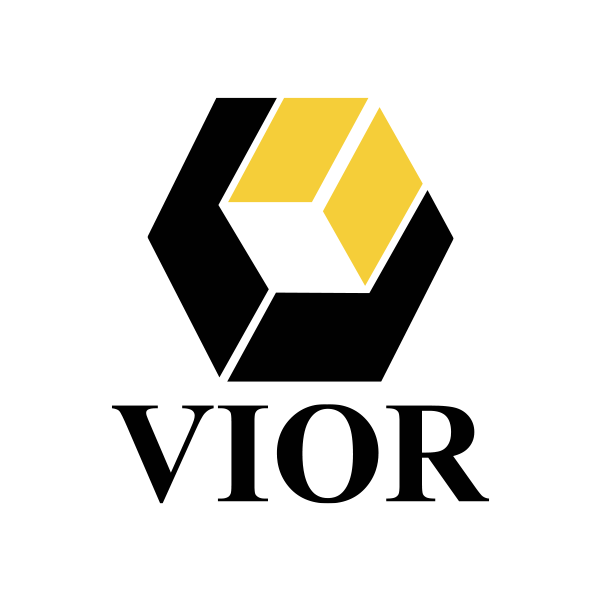Vior cuts channel samples returning high titanium values in rutile-rich massive ilmenite on the Big Island Lake Project, Lower North Shore, Quebec
QUEBEC, CANADA, JANUARY 16, 2017 – SOCIÉTÉ D’EXPLORATION MINIÈRE VIOR INC. (TSX-V: VIO, FRANKFURT: VL51) – is pleased to announce the results of the 2016 summer exploration and sampling program on the Company’s wholly-owned Big Island Lake rutile project, located in the Lower North Shore region of the province of Quebec, approximately 25 kilometers north of the town of Havre-St-Pierre. The project is comprised of 84 contiguous claims representing 46.1 square-kilometers within the Havre-St-Pierre Anorthositic Complex where several massive ilmenite showings were identified. Most of the work that was carried out consisted in selected and channel sampling on the rutile showing known as the Big Island Lake showing.
The Big Island Lake showing lies as an east-west oriented massive ilmenite horizon outcropping sporadically over a strike length of at least 280 meters. A first field visit confirmed the presence of rutile associated to ilmenite and selected rock sampling returned titanium (TiO2) between 44.2% and 48.4%. During a second field visit four channels totaling 45.1 meters were sampled over the mineralized horizon in order to better document the distribution of the rutile within the Big Island Lake massive ilmenite showing (see figure on website, www.vior.ca). The weighted average titanium and iron values for each channel are presented in the table below:

Rutile mineralization is present in every channel over a thickness varying from 1 to 6 meters with concentration ranging from traces to locally 15%. Rutile is systematically associated to massive ilmenite and disseminated rutile crystals can also be observed in anorthosite blocks and fragments trapped within the rutile-rich massive ilmenite mineralization.
Generally the presence of rutile in the ilmenite increases the TiO2 content beyond 40% whereas the massive ilmenite without rutile shows a TiO2 content varying from 30% to 39%. Historically, rock samples collected on other massive ilmenite showings on the project returned some TiO2 values over 40% which could suggest the presence of rutile. A geological reconnaissance including a systematic sampling of titaniferous showings is planned for summer 2017 on the project.
In the industry, most of rutile and ilmenite is processed into non-toxic white titanium dioxide pigment for use in the manufacture of paints, plastics, paper, textiles, cosmetics and ceramics. Rutile is also used to produce titanium metal for use in aircraft, spacecraft, surgical implants, motor vehicles and desalination plants (source: Geoscience Australia website).
